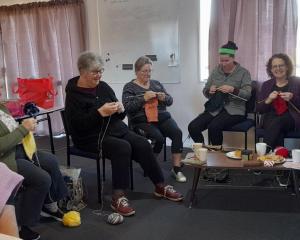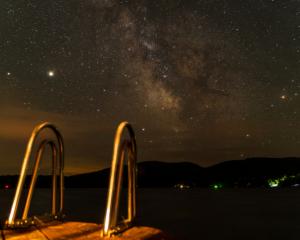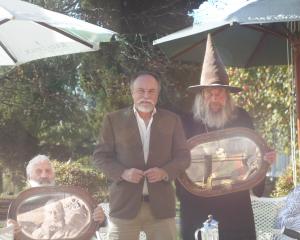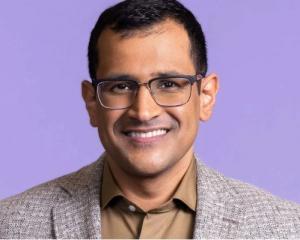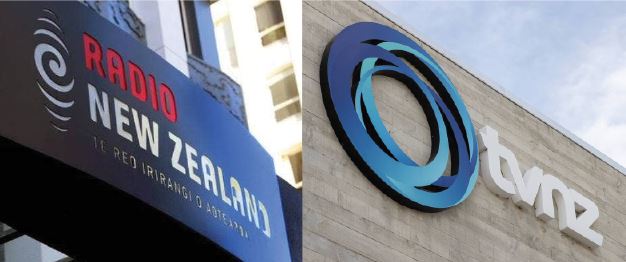
A campaign protesting at the proposal sprang up immediately, spearheaded by former prime minister Helen Clark.
A petition along the same lines was signed by more than 25,000 people.
RNZ’s management was summoned to Parliament to explain the decision to MPs. And weeks after it was first floated, RNZ was forced to shelve the plans for the time being.
But now, public media is on the verge of its biggest shake-up in 30 years.
Broadcasting minister Kris Fa’afoi has established a governance group, chaired by former NZ First MP Tracey Martin, to look into the creation of a new public media monolith.
The proposal is for RNZ and TVNZ to be disestablished and a new public media entity created, offering radio, TV, and online content, in a similar vein to public broadcasters like Australia’s ABC, the UK’s BBC, Canada’s CBC, and Ireland’s RTÉ.
Such an organisation would be “mixed-model”, funded through a combination of public funding, which is currently what sustains RNZ, and advertising revenue, which is TVNZ’s current model.
But what are the fishhooks? How would this new media entity work? What are the cultural and commercial issues that need consideration? Would this new behemoth simply dominate the entire broadcast media landscape?
On today’s episode of The Detail, Emile Donovan speaks to Better Public Media’s Myles Thomas, former TV3 political reporter and media commentator Stephen Parker, and media commentator and Newsroom co-editor-in-chief Mark Jennings about all this - and asks, given the record-breaking audiences both outlets now boast, whether such an entity is even necessary:
Changes to public media have been mooted for years now.
Back in 2017 then-minister of broadcasting Clare Curran floated an idea of a supersized RNZ, dubbed RNZ+, which would dip its toes into the waters of TV.
This idea appeared to stagnate when Curran resigned from her portfolios in August 2018.

The problem essentially boils down to the changed media model: as social media giants like Google and Facebook gained prominence, they also attracted advertising dollars away from newspapers, TV and radio.
Left with a gaping hole in their accounts, many traditional media companies – and newcomers like Newsroom.co.nz and The Spinoff – feared extinction.
In addition to losing dollars, many outlets also saw their audiences erode.
But the post-Covid world has seen something of a renaissance.
RNZ is breaking its own records in terms of listener numbers, as are TVNZ’s prime-time shows, and its OnDemand service.
And Newsroom.co.nz co-editor-in-chief Mark Jennings says this should give the government pause for thought.
“If a new public media entity is the answer, then what is the question we’re asking? Because at the moment, I don’t think anything is broken ... it’s going superbly.”
Myles Thomas from Better Public Media, which lobbies for increased funding for public media outlets, disagrees.
He says TVNZ – which operates a purely commercial model, in contrast to RNZ which is entirely publicly-funded – could end up being an expensive millstone around the government’s neck.
Thomas says the sort of programming he grew up with – such as locally made wildlife documentaries, children’s shows and primetime current affairs – is no longer available.
But Jennings says mechanisms to create more local content tailored to audiences is already there, through NZ On Air.
Both Jennings and Thomas agree one of the biggest issues could be the strength of public pushback.
Many commentators believe RNZ was caught off-guard by the passionate pushback against proposed changes to RNZ Concert, and Thomas says RNZ’s audience, in particular, is protective of the station.
Jennings agrees.
“There’s a loyalist group which is a very dedicated, and can be very vociferous, group.
“They are getting what they want from RNZ. They do not want that organisation swallowed up or changed.
“[Fa’afoi] is going to have to do a really good job convincing people, if he’s going to go ahead with this. And I’m not sure he can.”




